LED screens have become increasingly popular over the past decade for a variety of applications. One innovative type of LED display that has emerged is the curved LED screen. In this comprehensive guide, we’ll explore what exactly curved LED screens are, their applications, advantages compared to traditional flat screens, solutions available, and tips for purchasing them.
- What is a Curved LED Screen?
- Applications of Curved LED Screens
- Advantages of Curved LED Screens
- The difference between LED screen and curved led screen
- Curved LED Screen Solution
- how to buy a curved LED screen
- Conclusion
What is a Curved LED Screen?
A curved LED screen refers to a display that uses LED technology but has a concave or convex shape rather than the traditional flat screen design. These curved displays are created by stringing together small LED modules onto a curved framework or cabinet structure. The result is a screen with a gentle arc or even a more immersive domed shape depending on the amount of curvature.
Curved LED screens can utilize flexible LED modules that bend to form the curve, rigid angled cabinets, or custom LED panels with built-in curvature. The curvature can also be fixed or adjustable depending on the setup.
The curved shape provides some key advantages compared to flat LED displays. It creates a more immersive viewing experience that fills more of the viewer’s peripheral vision. This makes curved LED screens well-suited for digital signage applications where immersion and visibility from wide angles is desirable.
The curved design also adds a greater sense of depth to visuals on the display. Content seems to pop off the screen more thanks to the shape. Seamlessness is also improved with curved alignment of the LED modules making up the giant screens.
Overall, curved LED technology allows for displays with greater visibility, depth, and immersion ideal for branded public venues, events, gaming, VR simulation, and control room monitoring. The curved shape lends an elegant, modern aesthetic as well.

Applications of Curved LED Screens
Curved LED displays are increasingly used in digital signage applications that require immersive, compelling messaging. Their ability to see from a wider angle makes them ideal for lobbies, airports, retail stores and other public spaces. The striking curved shape stands out in spaces where brands want to creatively display promotions and advertisements.
Entertainment venues such as theaters and concerts are also major applications for curved LED technology. The enhanced depth and immersion are ideal for creating compelling visuals during performances and performances. Museums and educational institutions also use curved video walls for exhibitions and interactive displays.
Control rooms can be equipped with curved LED screens, allowing operators to easily see critical displays. The shape is perfect for mission control centers, security surveillance, and more. Curved LED panels are also gaining popularity in gaming and home entertainment, providing a surround-view cinema experience.
Advanced curved LED displays are also being used in simulation and VR training environments. Their realistic and immersive capabilities benefit flight and medical simulations, virtual prototyping, and other professional 3D simulation applications.
Advantages of Curved LED Screens
– Increased immersion – The curved shape fills more of the viewer’s peripheral vision for a deeply engaging, immersive experience.
– Wider viewing angles – Curved screens can be seen clearly from much wider angles off the center axis compared to flat displays.
– Enhanced depth – Visuals take on a new dimension and seem to pop off the screen thanks to the added depth of curved displays.
– Seamless tiling – Aligning multiple LED cabinets into a curve allows for more seamless, cohesive giant screens.
– Sleek aesthetics – The curved form lends an elegant, modern look well-suited for upscale venues and branding.
– Customizable – Curved LED screens allow for more customizable aspect ratios, dimensions, and curvature to fit specific spaces.
– Interactive capabilities – With touch overlays, curved LED screens can enable unique interactive experiences at events, museums, etc.
– Volumetric display – Advanced curved LED walls create nearly spherical display areas for highly realistic 3D simulations.
– Flexible viewing – Video walls with adjustable curvature provide flexibility in rerouting sight lines on the fly.
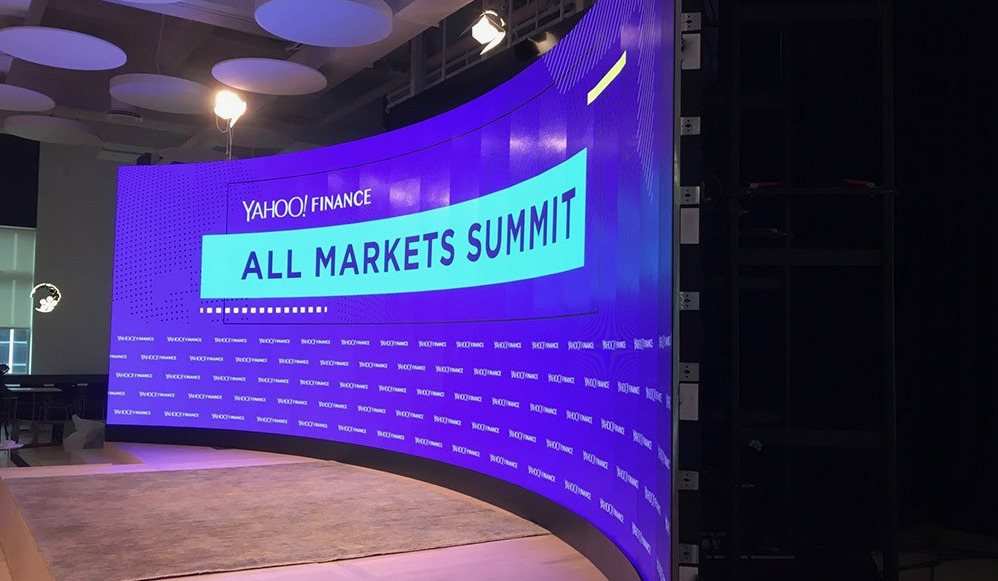
The difference between LED screen and curved led screen
There are some key differences to understand between curved LED displays and traditional flat LED walls:
| Feature | Traditional LED Screen | Curved LED Screen |
| Shape | Flat | Concave or convex curve |
| Viewing Angle | Limited, narrower angle perpendicular to screen | Wider viewing angles off center |
| Aspect Ratio | Fixed standard ratios like 16:9 | Flexible, customizable ratios |
| Seams | More visible seams between cabinets | Seamlessness improved with curve |
| Content Mapping | Standard mapping | Requires custom mapping to curve |
| Installation | Simple mounting solutions | Specialized curved mounts needed |
| Immersion | Less immersive experience | More immersive, surround view |
| Depth Perception | Lower perceived depth | Enhanced depth and dimensionality |
| Aesthetics | Typical flat screen design | Sleek, modern curved aesthetic |
| Cost | Lower cost technology | Higher cost for curved design |
Curved LED Screen Solution
There are a few main technologies used to create the curved shape with LED screens. Flexible LED panels that can bend and morph their shape are one curved LED screen solution. Rigid LED cabinets that are angled and oriented to form an overall curved alignment work as well. Custom LED modules that have a built-in concave or convex curve to their chassis are another curved LED screen solution. Advanced solutions use adjustable frameworks that can shift to create different curvatures for a variable curved LED screen.
Top LED screen manufacturers provide specialized curved display solutions optimized for different applications. When choosing a curved LED screen solution, it’s important to consider the intended viewing angles and environment to pick an optimal shape and curve. Larger curved LED screen deployments also require extra customization and precision engineering to install properly. Overall, the right curved LED screen solution can deliver stunning displays with enhanced immersion and seamless design.
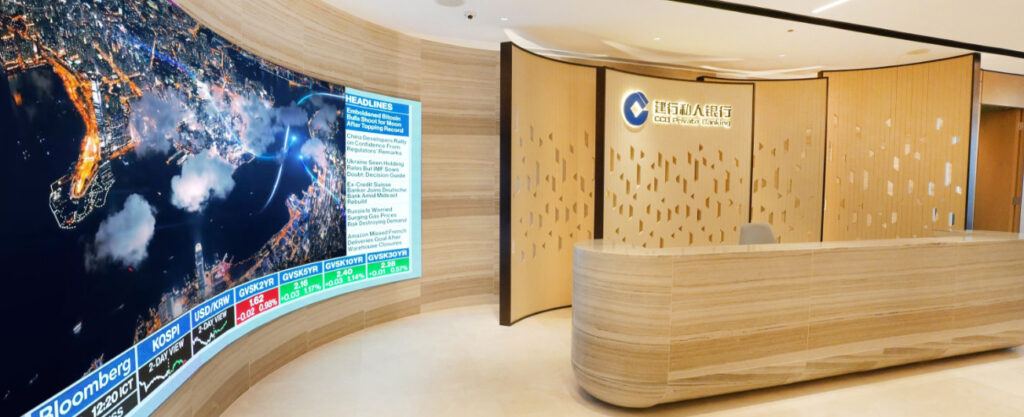
how to buy a curved LED screen
First, consider your intended use case and environment to determine the optimal screen size, resolution, curvature, and other specs you’ll need. Larger public curved LED displays require higher resolutions and more customization while a curved LED TV for home use won’t need as high resolution.
Look at the viewing angles needed and choose a curvature that will optimize visibility from those vantage points. Wider angles call for a more deeply curved screen. Also consider the content you’ll display and ensure any mapping or processing needs are supported.
Research top LED display suppliers that provide curved screen solutions tailored to your needs. Look for companies with expertise in engineering customized curved LED installations rather than just selling individual screens.
Have the supplier help assess the infrastructure needed for properly mounting and installing the curved LED screen. Things like wall backing, suspension frameworks, cabling, and accessibility for maintenance should be factored in.
Expect to pay a premium for the curved design compared to flat LED screens. The specialized engineering, customization, and assembly required adds cost. Larger sizes, higher resolutions, and greater curves also increase price.
Carefully test and inspect the curved LED screen once installed. Ensure visibility, content mapping, and seamlessness all meet expectations before final sign off. Ongoing maintenance contracts are highly recommended.
Conclusion
Curved LED screen technology represents an innovative evolution that provides key advantages over traditional flat LED displays. The concave or convex shape allows for extra immersion thanks to a wider field of view that fills more of the viewer’s peripheral vision. This immersive capability makes curved LED‘s ideal for branding, signage, events, retail spaces, and other public display applications.
Additionally, the curved design lends a sleek, modern aesthetic that appeals in upscale venues and high-end installations. Curved alignment of the LED panels minimizes seams for giant seamless screens. The curvature also adds enhanced depth, making visual content really pop in a more dimensional way.
While curved LED screens come at a higher cost due to more complex engineering and customization needs, the visual impact and versatility they provide make the investment worthwhile for many organizations. As curved screen technology continues advancing, we’ll see even more flexible solutions and new applications leverage these uniquely immersive displays.
When appropriately matched to intended viewing angles and environments, curved LED screens can deliver stunning imagery not possible with flat configurations. For organizations wanting to make a statement and optimize engagement, curved LED screens are an emerging display trend that provides cutting-edge capabilities difficult to achieve otherwise.
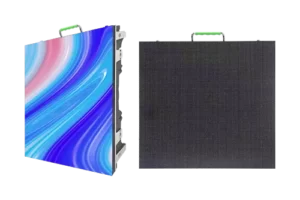
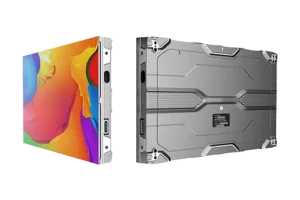
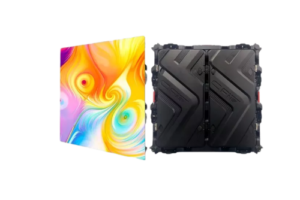
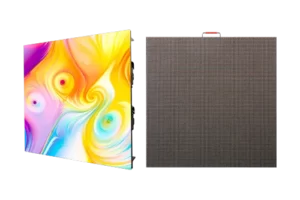
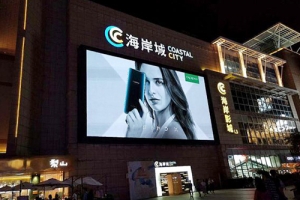
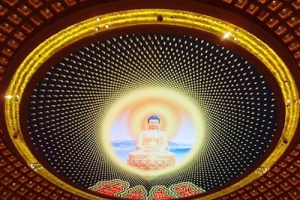
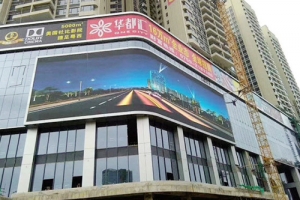
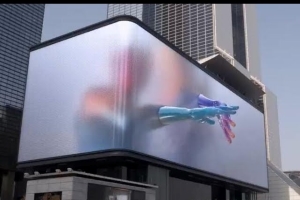
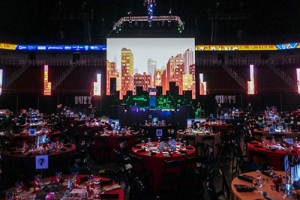
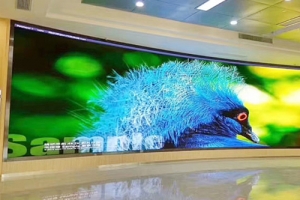
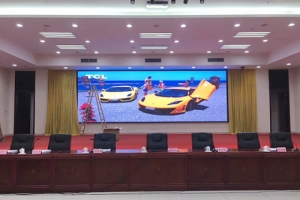
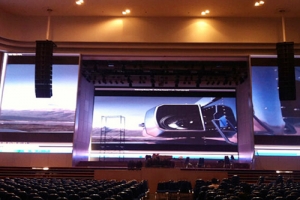

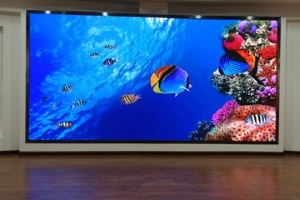

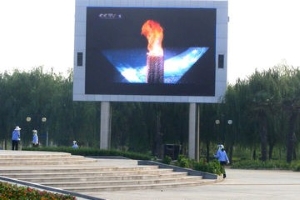
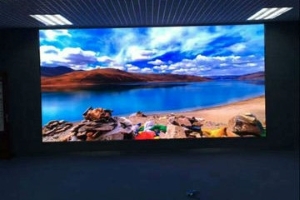

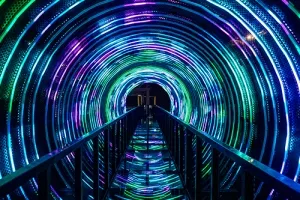
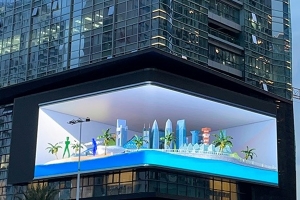


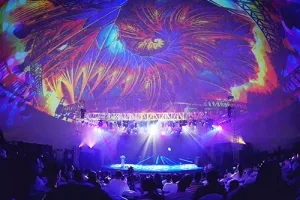

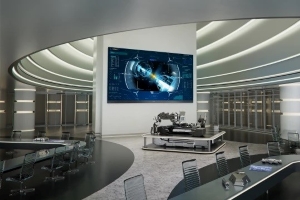






 Language
Language 




